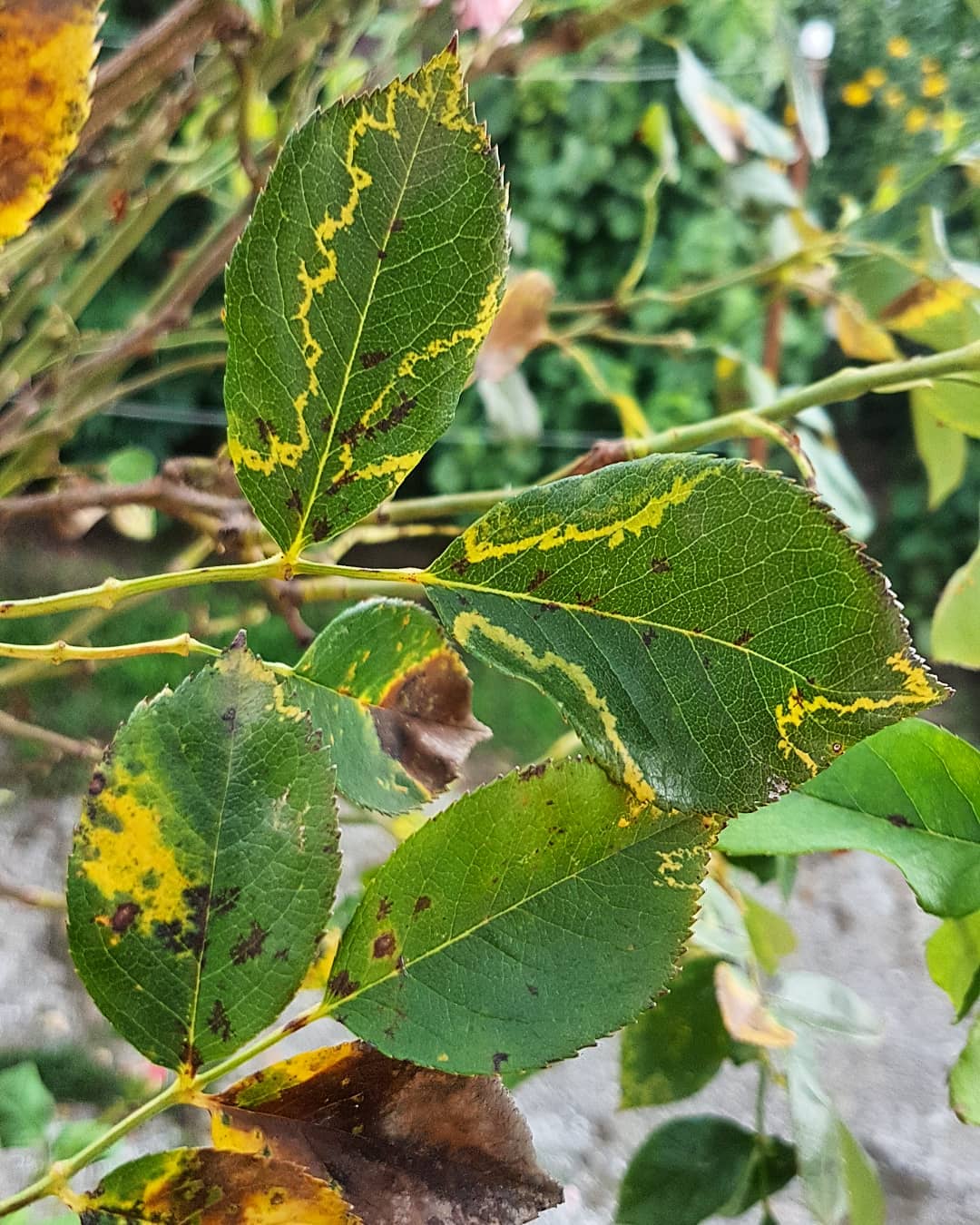Identifying And Treating Rose Mosaic Disease: Useful Techniques!
In the delicate world of gardening, where roses reign as timeless symbols of beauty and grace, a hidden menace often lurks: Rose Mosaic Disease. This stealthy affliction, characterized by intricate patterns of discoloration on leaves, strikes at the heart of every rose enthusiast’s passion. These mosaic-like markings, ranging from subtle mottling to striking streaks of yellow and green, not only mar the plant’s appearance but also threaten its vitality.
Understanding the nuances of Rose Mosaic Disease is crucial for every gardener committed to nurturing healthy blooms. Beyond its aesthetic impact, the disease can weaken plants over time, affecting their growth and flowering potential. Fortunately, armed with knowledge and proactive care, enthusiasts can combat this challenge effectively. From early detection methods to targeted treatment strategies, addressing Rose Mosaic Disease ensures that your roses thrive, exuding their full splendor in every season.
Identifying And Treating Rose Mosaic Disease: Easy Ways!
We’ll discuss the topic step by step. So, bear with us, and let’s dive into it:
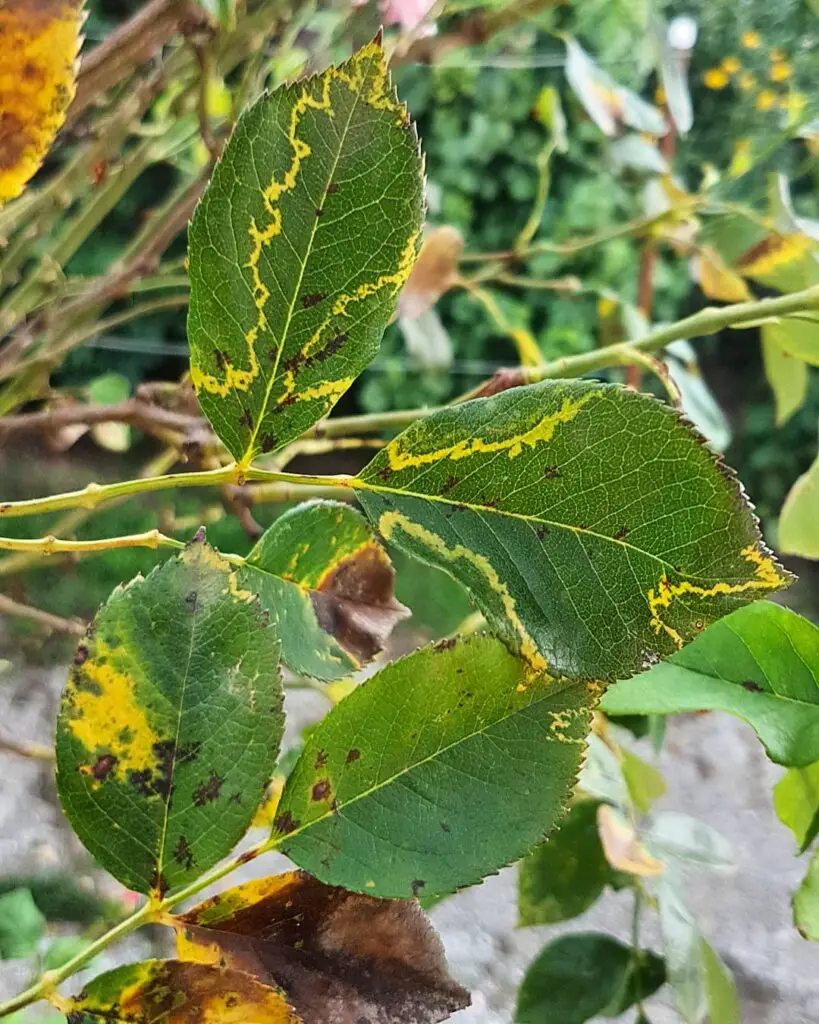
Identifying Rose Mosaic Disease
Rose Mosaic Disease manifests primarily through distinctive patterns of discoloration on the leaves, ranging from irregular mottling to pronounced stripes of yellow and green. These patterns are caused by the presence of viruses within the plant, most commonly the Rose Mosaic Virus (RMV) and Prunus Necrotic Ringspot Virus (PNRSV). These viruses disrupt the normal chlorophyll production in leaves, leading to the characteristic color changes. Early identification is crucial to prevent the spread of the disease and minimize its impact on the rose plant’s health.
Visual Symptoms
The visual symptoms of Rose Mosaic Disease vary depending on the virus strain and the rose species affected. Typically, leaves develop patterns resembling mosaics or stripes, often accompanied by stunted growth. The color patterns may appear as yellow, green, or a combination of both, creating a mosaic-like effect that is easily distinguishable from other leaf disorders.
Diagnostic Techniques
Accurate diagnosis is essential for effective management of Rose Mosaic Disease. Gardeners and horticulturists often use diagnostic techniques such as:
- Visual Inspection: Regular monitoring of rose plants for any unusual patterns or discoloration on leaves.
- Serological Tests: Enzyme-linked immunosorbent assay (ELISA) and other serological tests can detect the presence of specific viruses like RMV and PNRSV.
- Molecular Techniques: Polymerase chain reaction (PCR) tests can confirm the presence of viral RNA or DNA in plant tissues with high accuracy.
Spread and Transmission
Rose Mosaic Disease spreads through various means, including:
- Vector Transmission: Aphids and other sap-sucking insects can transmit the virus from infected to healthy plants during feeding.
- Mechanical Transmission: Tools and equipment used for pruning or other garden tasks can inadvertently spread the virus if not properly sanitized between plants.
- Propagation: Using infected plant material for propagation can introduce the virus to new plants.
Economic and Ecological Impact
Beyond its aesthetic implications, Rose Mosaic Disease can have significant economic and ecological impacts. Commercial rose growers may experience reduced yields and quality, leading to financial losses. In gardens and landscapes, the disease diminishes the visual appeal of roses, impacting the overall aesthetics and potentially affecting the ecological balance by weakening plants and making them more susceptible to other stressors.
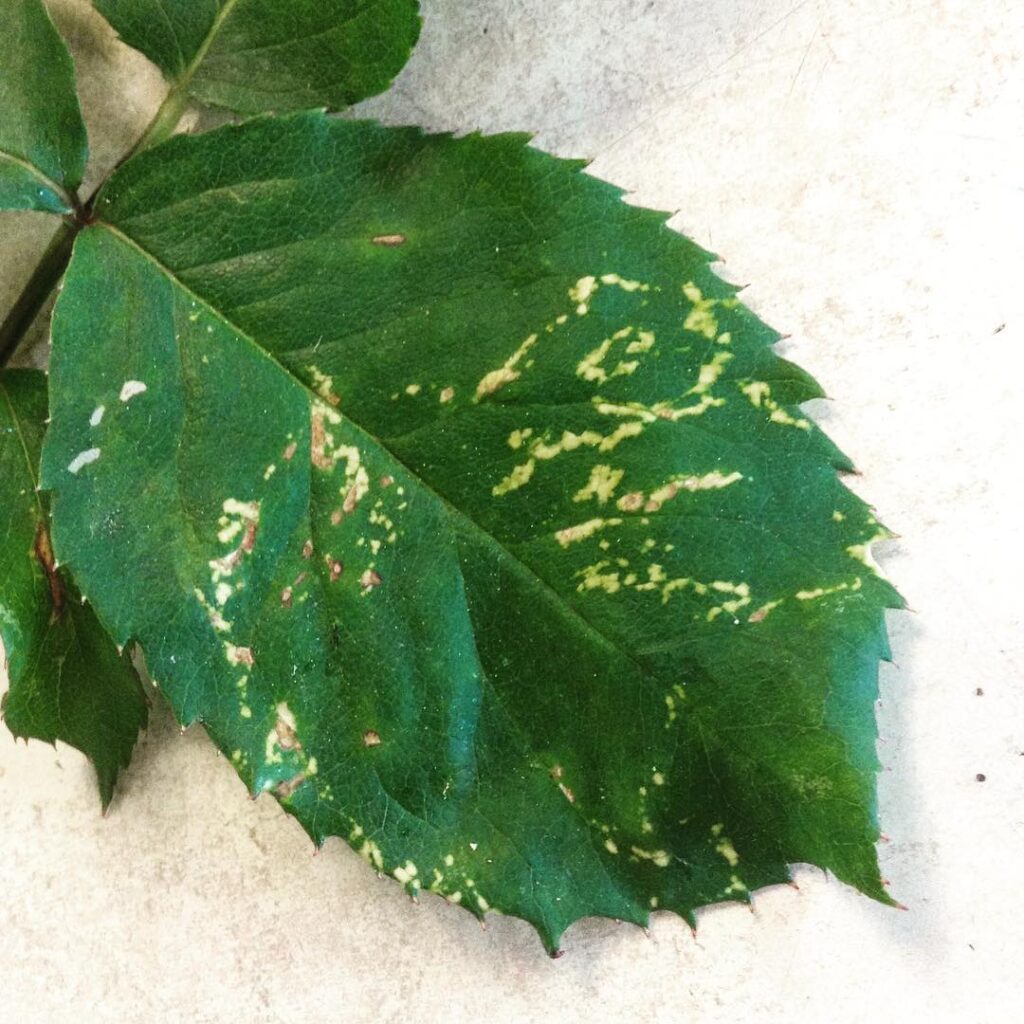
Prevention and Management Strategies
Preventing Rose Mosaic Disease involves several proactive measures:
- Plant Selection: Choose certified virus-free planting materials from reputable sources.
- Sanitation: Regularly clean and disinfect pruning tools and other equipment to prevent mechanical transmission.
- Vector Control: Implement measures to control aphid populations in and around rose plants.
- Isolation: Quarantine infected plants to prevent spread to healthy ones until they can be treated or removed.
Treatment Options
Unfortunately, there are no curative treatments for Rose Mosaic Disease once a plant is infected. However, managing the disease involves:
- Removing Infected Plants: Promptly remove and destroy infected plants to prevent further spread.
- Cultural Practices: Maintain optimal growing conditions (such as proper watering and fertilization) to minimize stress on plants, which can reduce symptoms.
- Virus-Indexing Programs: Participate in virus-indexing programs offered by agricultural extension services to ensure the health of new plants.
Identifying Rose Mosaic Disease early and implementing appropriate management strategies are critical for maintaining healthy roses. By understanding the symptoms, transmission methods, and preventive measures, gardeners can safeguard their roses from this pervasive viral disease, preserving their beauty and vitality for years to come.
Treating Rose Mosaic Disease
Rose Mosaic Disease, caused by various viruses, poses a significant threat to the health and aesthetics of your beloved roses. Effective treatment involves a combination of proactive measures aimed at controlling the spread of the virus and promoting the plant’s resilience. Here’s a comprehensive guide to treating Rose Mosaic Disease:
1. Early Detection and Isolation
Early detection is key to managing Rose Mosaic Disease. Periodically inspect your roses for symptoms such as color variegation and leaf distortions, which indicate viral infection. Promptly isolate infected plants to prevent the spread of the virus to healthy roses. According to the American Rose Society, approximately 25% of cultivated roses worldwide are affected by mosaic viruses, underscoring the importance of vigilance in detection and containment.
2. Pruning Infected Parts
Once identified, prune infected plant parts methodically. Remove and destroy all affected leaves and canes, ensuring not to spread the virus through tools. Sterilize pruning tools between cuts with a disinfectant like alcohol or bleach to prevent cross-contamination. This practice not only controls the disease’s progression but also promotes new, healthy growth.
3. Boosting Plant Immunity
Strengthening your roses’ immune systems can mitigate the impact of Rose Mosaic Disease. Provide optimal growing conditions with sufficient sunlight, well-drained soil, and adequate nutrition. Regularly fertilize with a balanced formula to bolster the plant’s resistance. Research shows that well-nourished roses are better equipped to fend off infections, reducing the severity of mosaic symptoms.
4. Chemical Treatments
In severe cases, chemical treatments may be necessary to manage Rose Mosaic Disease. Systemic insecticides and fungicides labeled for use on roses can help suppress virus-carrying insects like aphids, which transmit mosaic viruses. Follow manufacturer instructions carefully to ensure safe and effective application. However, note that chemical treatments are often supplementary and should be used in conjunction with other cultural practices for best results.
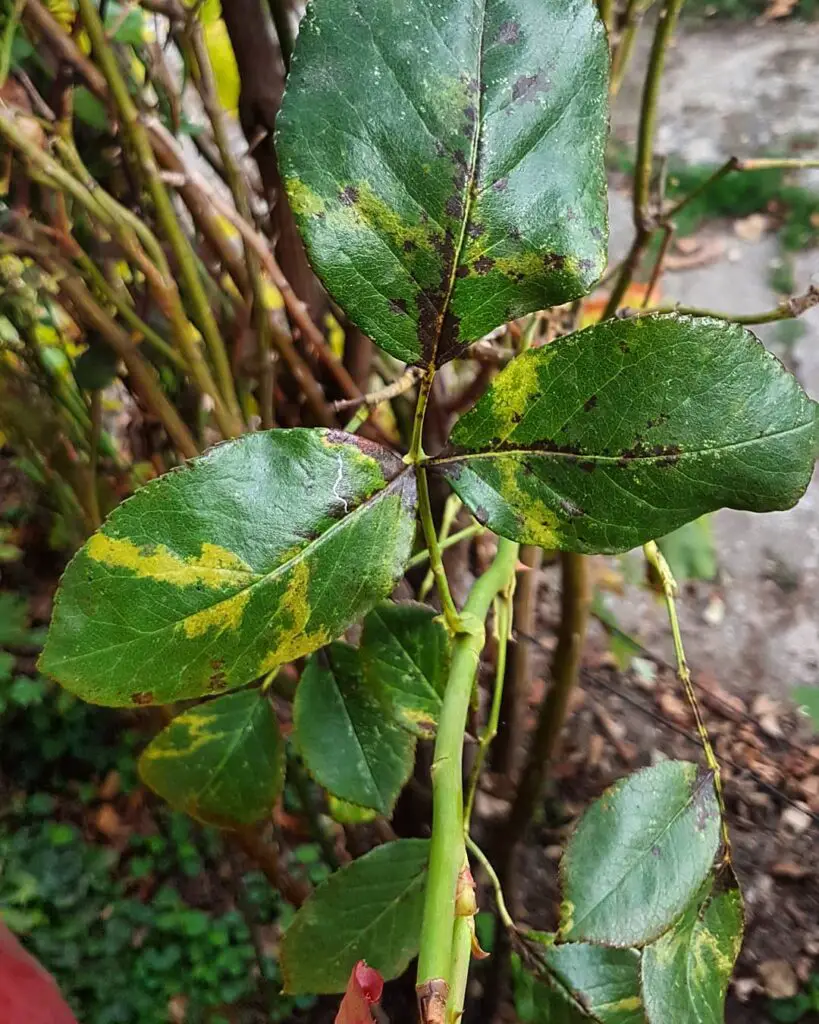
5. Consider Resistant Varieties
Choosing mosaic-resistant rose varieties can preemptively reduce the likelihood of infection. Consult with local nurseries or extension services for recommendations on cultivars known for their resilience to mosaic viruses. Planting resistant varieties not only minimizes disease management efforts but also enhances the longevity of your garden’s beauty.
6. Monitoring and Maintenance
Regular monitoring and maintenance are crucial components of treating Rose Mosaic Disease. Implement a routine inspection schedule throughout the growing season, focusing on early signs of viral symptoms. Swift action in pruning and isolating infected plants, coupled with ongoing care practices, ensures that your roses remain vibrant and disease-free.
By integrating these proactive measures into your gardening routine, you can effectively treat and manage Rose Mosaic Disease. Remember, diligence and timely intervention are essential in safeguarding the health and vitality of your prized roses against this pervasive threat.
Frequently Asked Questions
What are the symptoms of Rose Mosaic Disease?
Rose Mosaic Disease manifests as intricate patterns of discoloration on the leaves of rose plants. These patterns can range from subtle mottling to distinct streaks of yellow and green, often resembling a mosaic. Other symptoms may include stunted growth and reduced flowering.
How can I identify Rose Mosaic Disease in my roses?
To identify Rose Mosaic Disease, carefully examine the leaves for irregular patterns of discoloration. Look for mottling or streaks of yellow and green, which are characteristic signs. Additionally, observe the overall health of the plant; diseased roses may exhibit stunted growth and diminished vigor.
What treatments are effective for Rose Mosaic Disease?
Currently, there are no chemical treatments that can completely eradicate Rose Mosaic Disease. However, maintaining overall plant health through proper pruning, fertilization, and ensuring optimal growing conditions can help manage the disease. Remove and destroy infected plant material promptly to prevent its spread to other roses.
Conclusion
In conclusion, Rose Mosaic Disease poses a significant challenge to rose enthusiasts worldwide, affecting both the aesthetic appeal and health of their beloved plants. Recognizing its symptoms early—such as the characteristic mosaic-like discoloration on leaves—is crucial for effective management.
While there is no cure, diligent care practices like regular pruning, proper fertilization, and prompt removal of infected foliage can mitigate its impact. By staying vigilant and implementing preventive measures, gardeners can safeguard their roses against this persistent disease, ensuring their gardens remain vibrant and healthy for seasons to come.
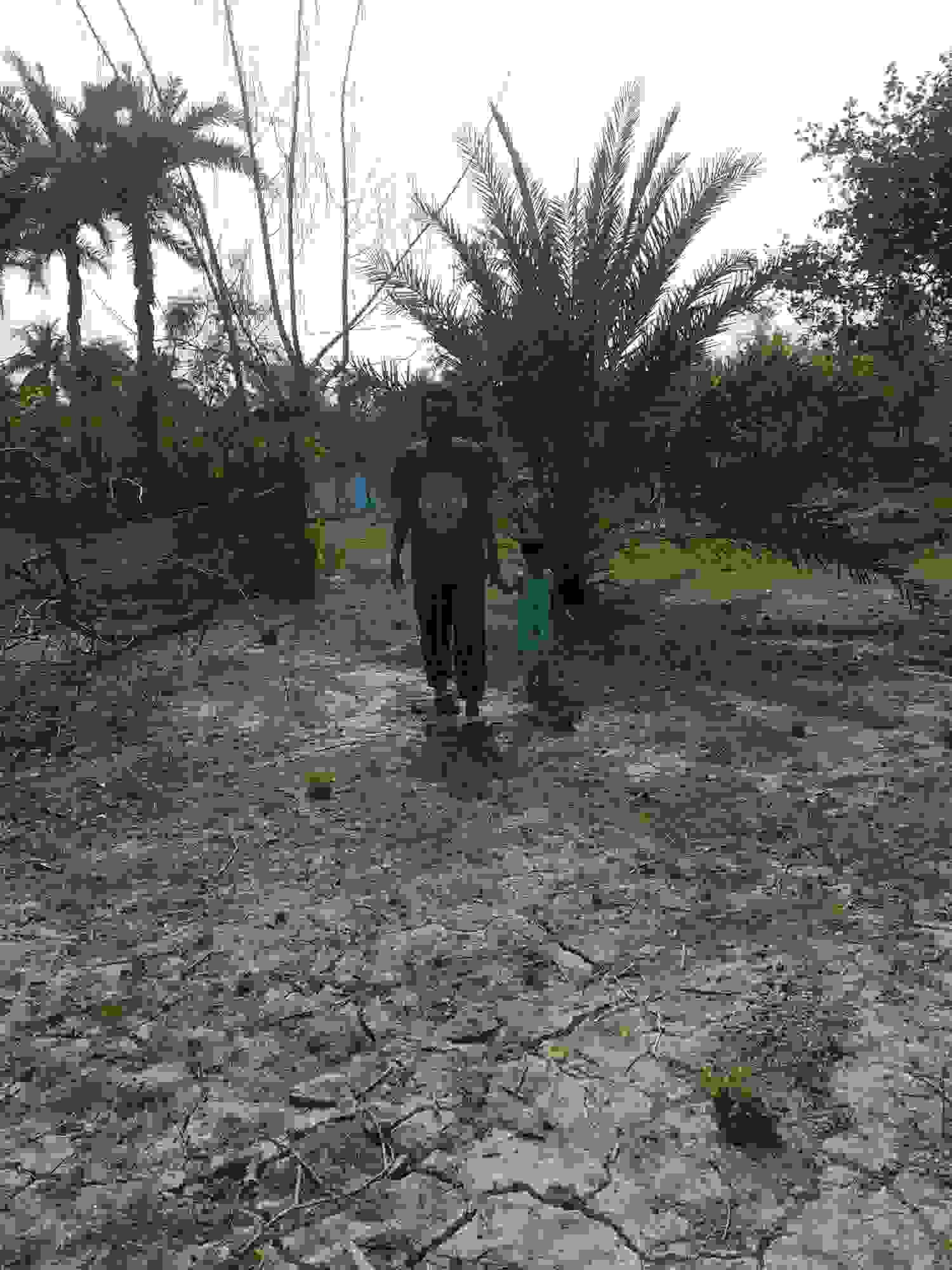
I’m Shofi, a passionate gardener and blogger. I have 10+ years of experience in gardening and hold certifications in horticulture and garden design. I share my knowledge and skills through my garden blog to inspire and educate others on the joys of gardening. I try to provide valuable information and create a community for gardeners of all levels to connect and learn. My ultimate goal is to inspire others to start their own gardens and connect with nature.

